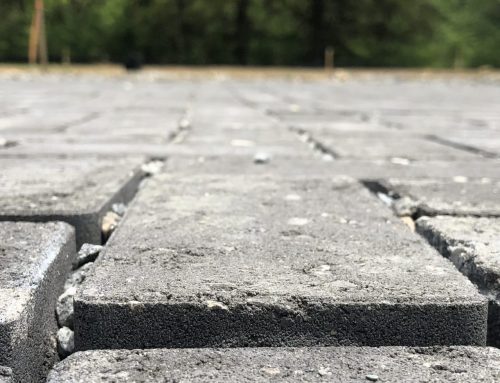I love native plants, and the many, well-documented services and benefits they provide, including increased habitat for birds, insects, and wildlife, adaptability to local conditions, and limited fertilizer and water requirements. These benefits, among others, are certainly worthwhile and valuable. I have many native plants throughout my yard (the purple cone flower was beautiful in July, followed by the black-eyed susans coming in strong in August) and in my shady rain garden (the red osier dogwood seems very happy). However, I get concerned when native plants are specified as the only acceptable choice for use in bioretention and related stormwater practices. Here’s why:
1. A bioretention area does not always represent native conditions. Native plants’ adaptability to local climate and conditions is often cited as the main reason to plant them in bioretention areas, thus reducing the necessary care and maintenance, but in many cases, a bioretention area does not represent native conditions. Take your average curb extension bioretention. The plants will experience:
-
- Confined conditions – surrounded on all sides by concrete curb and gutter.
- Extremely flashy hydrology (very dry periods interspersed with very wet periods).
- Polluted road runoff.
- Engineered soil media with a minimum of nutrients included.
- Urban air pollution.
These are very challenging circumstances for any plant to thrive under, and not what I would call “native”. This idea has already been accepted when it comes to green roofs, where the unique conditions have led to a very specific list of acceptable plant species, many of which are non-native.
2. A native wildflower appearance may not be desired. While native plants tend to be low-maintenance, a more manicured landscape look may be desirable in many instances. Residential properties, commercial sites, golf courses, or parks are all possible locations where the owner or users may prefer a different look – either the closely tended look that cultivars and ornamentals can provide, or ultra-low maintenance turf grass or liriope (spider grass).
3. The goal of a bioretention area, first and foremost, should be improving water quality. If additional goals can be met with the installation of a bioretention area, such as the improved habitat that native plants provide, that is great, but stormwater management has to be the number one goal. There are locations where native plants may not be appropriate, and if this constraint means that a bioretention area is not feasible, then we have lost sight of our goal.
Of course, there are native plants that do well in urban bioretention areas, and that can conform to various landscaping goals. I am by no means arguing to eliminate native plants from consideration in bioretention areas and other stormwater best management practices. Instead, I am arguing that we need to expand the list of plants that we consider as appropriate, because increasing the number of plant choices available will definitely increase the chances of successful stormwater projects.
Greg Hoffmann, P.E., a Program Director at the Center for Watershed Protection, has focused mainly on stormwater management issues since joining the Center for Watershed Protection, Inc. in 2008. His work includes development of stormwater engineering guidance for states and municipalities as well as design and implementation of stormwater retrofits. Greg has a B.S. in Environmental Engineering, and a Master of Engineering from Michigan Technological University. He is a licensed professional engineer in Maryland and Michigan.







